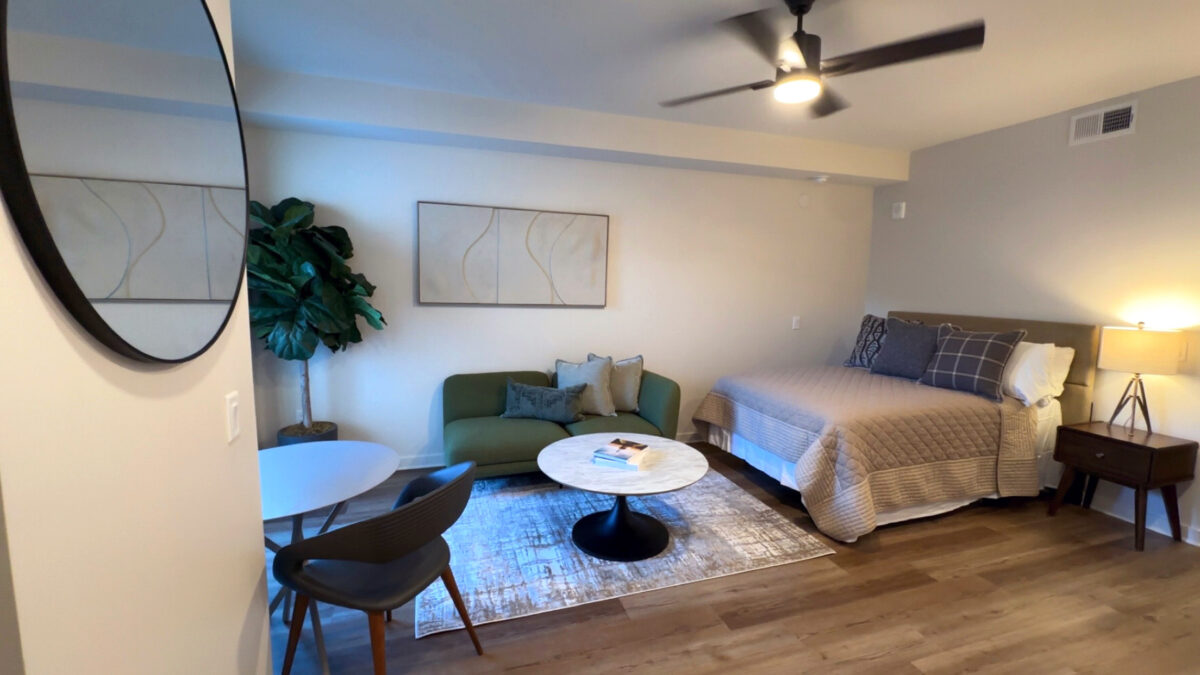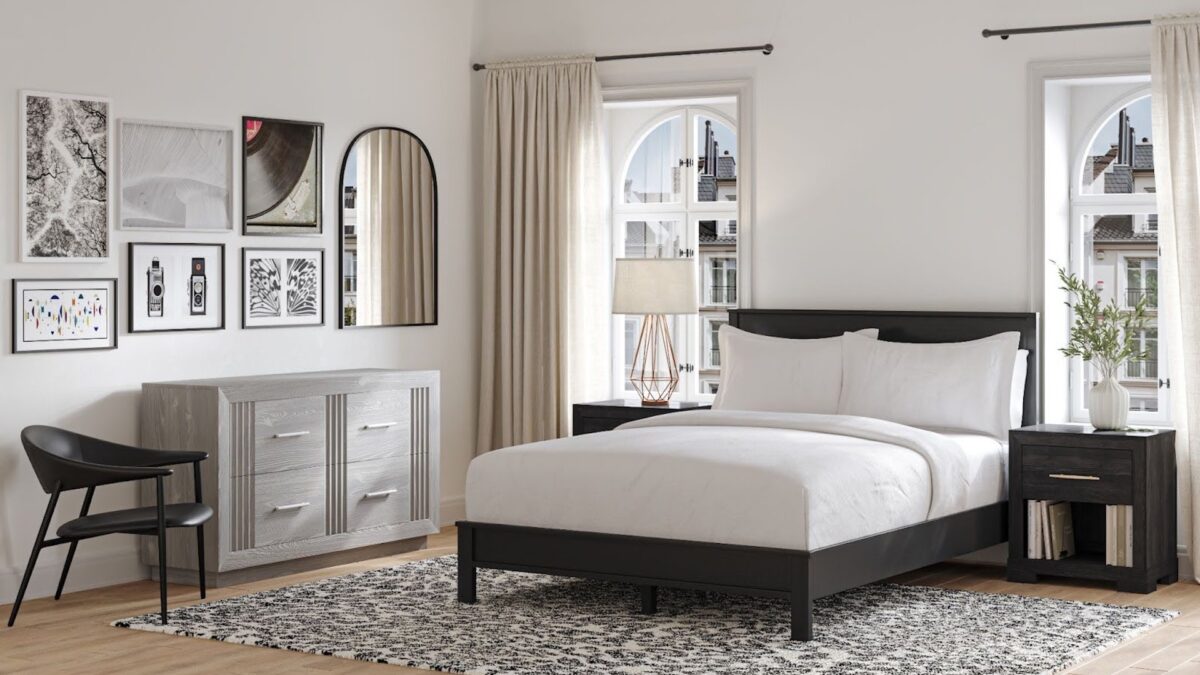Over the past few years, the amount of people deciding to move has increased dramatically. If you, like others, have started to think about moving, you probably have studied up on the housing market trends and have seen that home ownership is becoming incredibly expensive. While this may be discouraging to some, it provides the opportunity to consider an alternative lifestyle for people who are not set on becoming a traditional homeowner.
For many, with the cost of homeownership rising, renting is becoming the go-to option. Choosing to rent as opposed to buying property can offer many attractive benefits when it comes to price, upkeep, and long-term flexibility. Whether you’re looking to renew an existing lease or plan for future housing, let’s dive into how you can adjust to a permanent rental lifestyle without breaking the bank.
Craft a Budget
The first drawback many people associate with renting is that it will cost you more in the long run with nothing to show for it. While part of this is true, you can actually save money when renting if you use a budget to guide you.
With anything in life, the best way to improve the betterment of your financial situation is to include a budget plan. . Your monthly rental budget should include all recurring expenses, including rent, food, utility, and any upkeep costs that fall on you. When you are calculating your budget, make sure to take note of seasonal expenses that could either raise or lower your monthly spending. Things like A/C, snow removal, or landscaping costs may or may not fall on you, but if they do, it will impact your monthly budget greatly. Besides taking stock of your living expenses, it’s also essential to make note of all other monthly payments you’ve incurred, whether through credit cards, existing mortgage payments, student loans, etc. Once you know how much you are spending each month, you can start to think about a working budget to live by.
Given the recent significant increases in property prices and taxes, you might find it to be nearly impossible to budget for everything that is thrown your way. Some may find the use of a budgeting app to be a helpful tool that can help streamline the process. Utilizing such tools allows you to be proactive and make sure you’ve allocated enough funds towards essential expenses each month will help cut down on unnecessary spending and provide you with more monetary stability. These tools are great for visual learners who need to see a complete breakdown of exactly where their money is going each month.
Set Realistic Expectations
In addition to budgeting, it’s important to keep realistic expectations for your next residence well within the budget you’ve set. As housing rates continue to climb, you may find that the perfect place you’ve always had your sights set on is now out of your price range. Fortunately, with the wide variety of rental options generally available, you’re sure to find something that suits your style and budget.
Although there might have to be some compromises made when renting, the benefits of the rental lifestyle can outweigh the drawbacks. For starters, not having to worry about maintenance costs or repair bills is a great aspect of the rental lifestyle that will save you both time and money spent on weekend housework. In addition, the increased flexibility of a lease, as opposed to a mortgage, means you have the option to live in areas where you otherwise might be priced out, or that you’re able to scale up or down in terms of property size when your lease ends. In the modern age of remote work, being able to move freely has never been so prioritized. Renting allows you to remain flexible if you decide to move in the near future.
The bottom line here is despite not accumulating equity in the property, for those looking to avoid the additional hassles, expenses, and taxes associated with owning property, permanently renting may be more beneficial to you both emotionally and financially.
Furnish Economically
Once you’ve decided on a rental property and have a good grasp on your new space, now is the time for making furnishing decisions. In today’s economy, furniture is not cheap, and to fully furnish a new home with new pieces can easily cost upwards of $10,000. That might be double or triple the actual rent expense of the property. For necessary, yet costly purchases like these, it’s wise to consider all available options in terms of price and functionality.
In a similar fashion to your housing situation, one alternative to purchasing your furniture is renting it instead. Renting furniture can make more sense than purchasing outright for a few reasons. While the obvious pros here are value and price, logistics may also come into play for those with short-term leases and no means of storing the furniture after you move or no way to take it with you from place to place. Choosing to rent the furniture for your home can reduce both the expense and inconvenience of owning when it comes time to move or upgrade your space.
Another alternative to buying brand new furniture at exceptionally high prices is seeking pre-owned furnishings. Most often available at outlets, like CORT Furniture Outlet, purchasing second-hand furniture is a cost-effective and economically friendly option for a permanent rental lifestyle. Like renting furniture, this is an affordable option that provides high-quality products at a fraction of the cost compared to if you decided to buy everything new.
No matter which financially-friendly option you decide upon, acquiring furniture can still end up costing a lot, which can be a deterrent if you are on a tight budget. Do not let your budget prevent you from creating your ideal home environment. Even though you are just renting, you still need to make it feel like a home. If you are struggling to find room in the budget for larger expenses like this, a personal loan can provide you with the necessary funds to purchase as well as peace of mind about your financial standing. A loan or some other purchasing option will allow you to furnish your new space right away rather than trying to gradually buy furniture pieces over time.
If you’re considering making the change to a permanent rental lifestyle, there’s no better time to transition than now. Through the use of intelligent budgeting, thinking economically, and making smart funding decisions, you can create a much brighter future for you and your family when it comes to both your living situation and your wallet.






